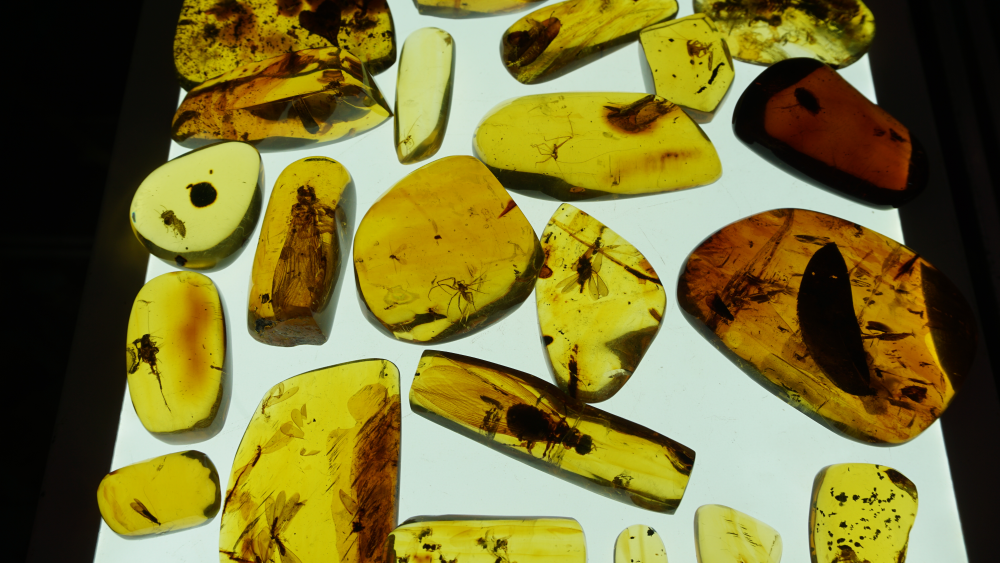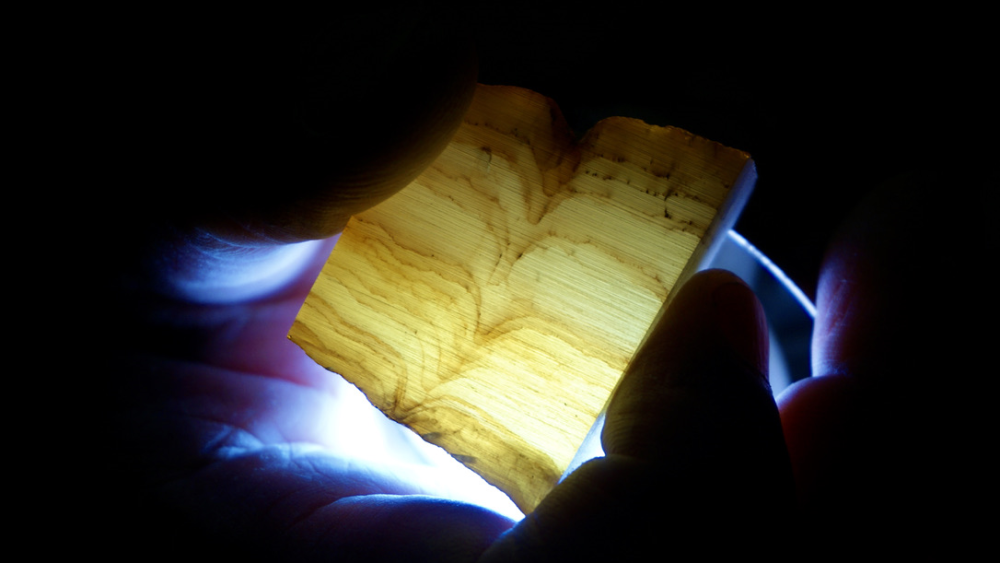Climate change and the ongoing sixth mass extinction are existential issues of our time. Both crises stem largely from natural-resource extraction, global circulations of goods and capital, and the regimes of knowledge and power that underpin those dynamics. The Anthropocene has become a fundamental analytical lens through which scholars question and understand the contemporary moment. In conceiving humanity as a geomorphic force, the Anthropocene troubles the division between nature and culture. It also challenges us to think not only beyond the present, but also beyond the human. But how can we, scholars of contemporary societies and environments, address the vast geological and planetary dimensions of human activities that the Anthropocene entails?
This project takes up this challenge by grounding its investigation in amber: a fossil resin secreted by plants between 300 and 16 million years ago, mostly during phases of climate breakdown and ecological crises. Today, amber is found and traded across the world, with China commanding around 70% of a fast-growing market. Amber is also of great interest for geologists and palaeontologists who are hoping to find, in amber, the answers to key questions on the planet’s climatic history, and to how and why species adapted, or failed to adapt, during previous phases of mass extinction.

Alessandro became interested in amber through his research on infrastructure and trade at the China–Myanmar borderlands. Since 2015 he has seen first-hand the Chinese border town of Tengchong becoming one of the world’s largest amber markets, benefitting from new discoveries of Mesozoic amber in northern Myanmar (Burma), where mining is done amid military dictatorship, ethno-political war, displacement, and environmental degradation. Tengchong has not only become a wealthy trading centre, but also a prime hunting ground for Chinese palaeontologists spearheading research in their fields thanks to their privileged access to Myanmar amber.
In this organic gemstone, Alessandro realised, a few of the most urgent challenges of our time coalesce: scientific discovery on biological evolution and extinction, violent resource extractions, dictatorship and war, and the global circulation of objects that have both commercial and scientific value.

Setting out from these observations, we believe that in order to address the challenges of the Anthropocene, anthropological engagements with the nonhuman must pay closer ethnographic attention to the geological, to what continues to be understood as inert, passive, lifeless. In doing so, this project contributes to a new field of inquiry — what we tentatively call a geological anthropology for the Anthropocene. Drawing on the geological turn in the social sciences, critical work on extractivism, and further pushing the boundaries of anthropological scholarship of global circulations, our aim is thus to question and challenge key analytical and epistemological binaries that continue to shape our understanding of the world: human and nonhumans, life and nonlife, biological and geological.
Project members work towards this goal through ethnographically grounded research across different sites of amber extraction, trade, and science, engaging actors and communities at different levels, from miners to laboratory scientists, retailers and artists, revolutionaries and activists, smugglers and displaced communities.
